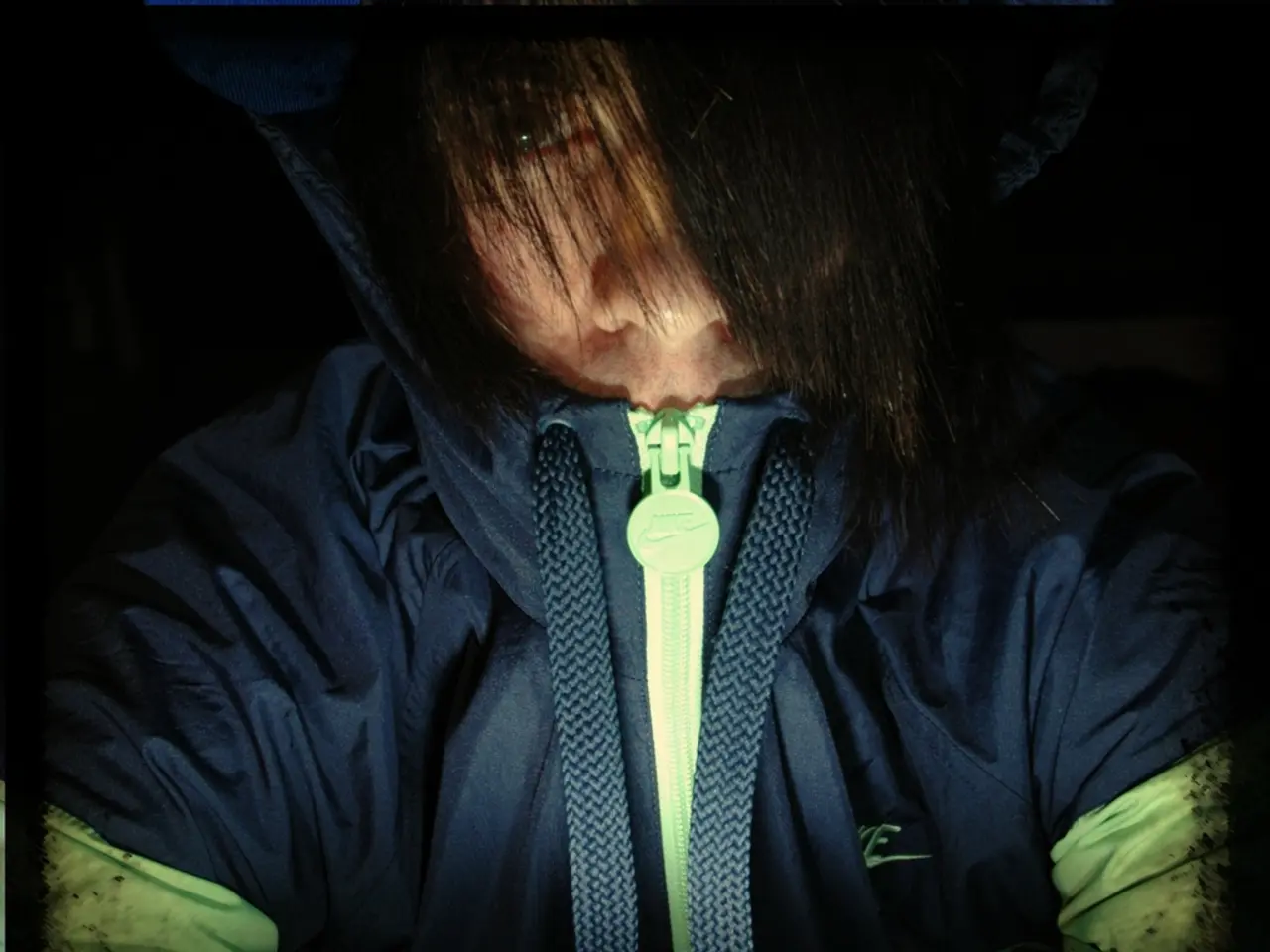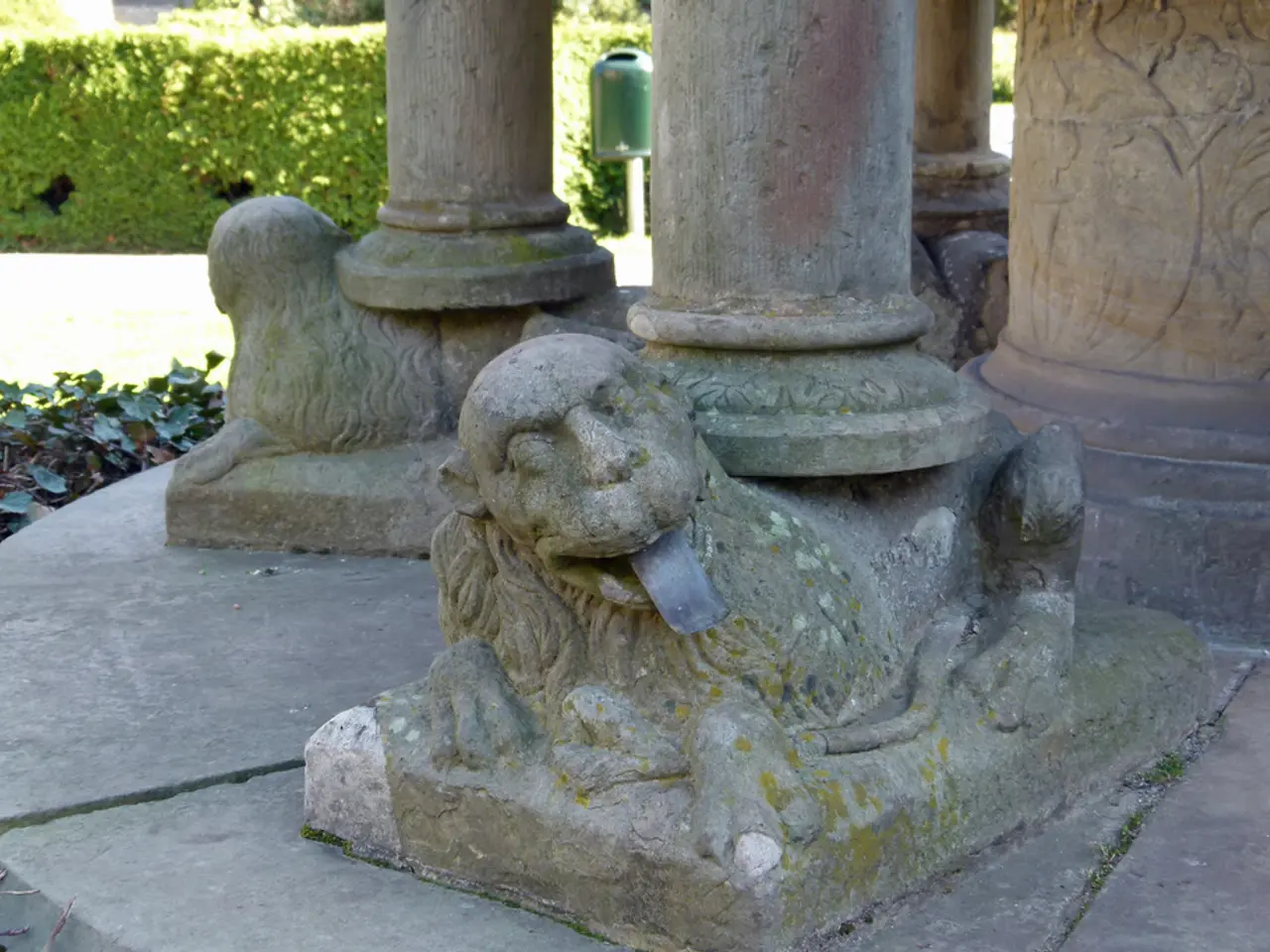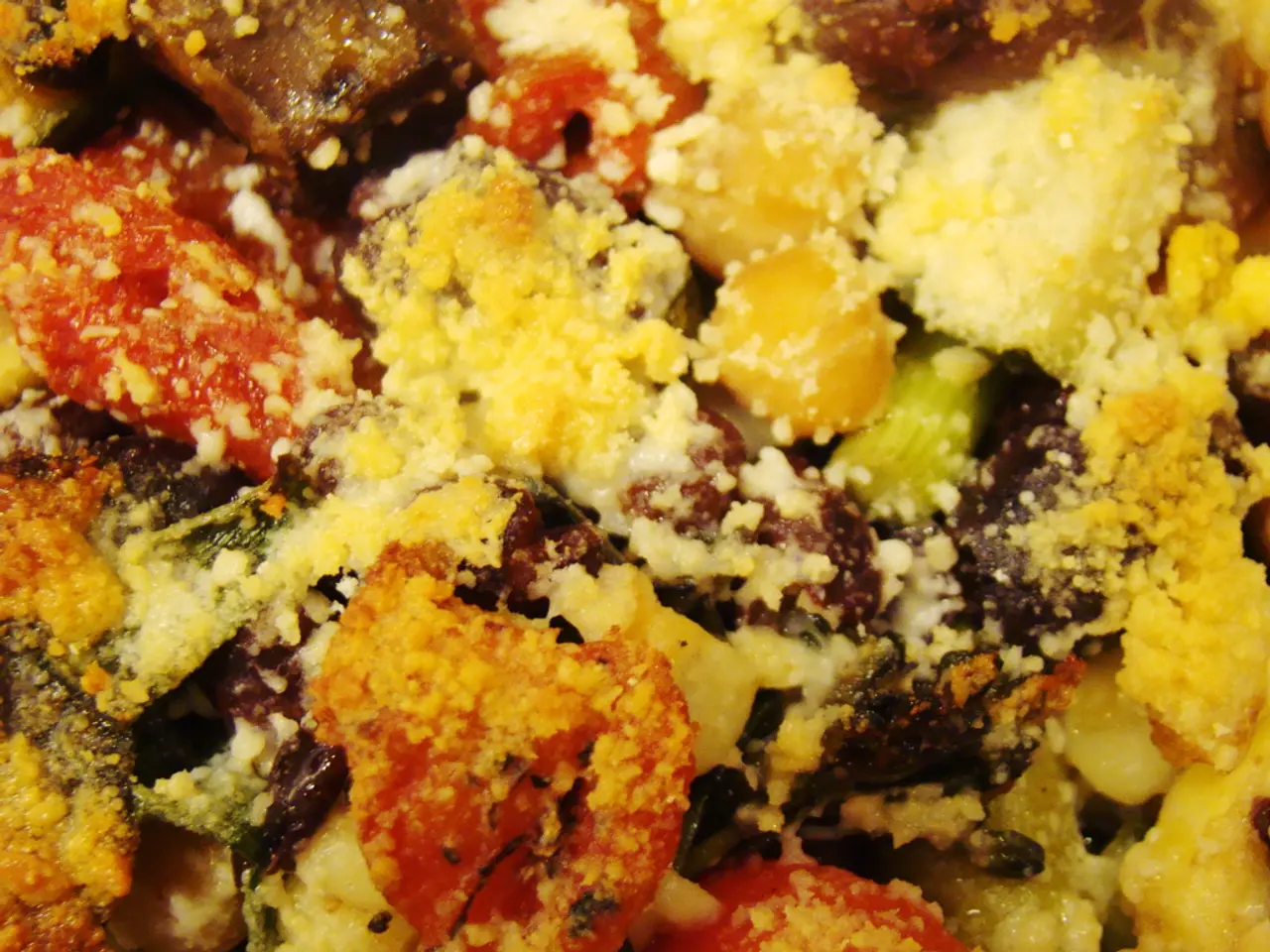Strategies for Restoring Frayed Tresses: An Explanation of Their Functionality
Hair damage, a common issue for many, can stem from various sources, including over-styling and medical conditions. This article aims to shed light on the common causes of hair damage and the treatments available to restore its health.
The hair structure is composed of two main parts: the hair bulb follicle and the hair shaft. The hair shaft, the non-living part above the scalp's surface, is further divided into three parts: the Medulla, Cortex, and Cuticle. The Cuticle, an overlapping layer of dead cells, protects the inner layers from damage. The Cortex, made up of long keratin fibers and containing melanin, gives hair its colour.
Over-styling is one of the most common causes of hair damage. Heat styling tools like straighteners, curling irons, and blow dryers, when used frequently, can strip hair of moisture, leading to dryness and split ends. Tight hairstyles, such as braids or ponytails, can cause friction and tension, leading to breakage. Chemical treatments like hair dye, bleach, perms, and relaxers weaken the hair structure, contributing to damage.
Medical conditions can also cause hair damage. Hormonal imbalances and nutritional deficiencies can lead to dryness, thinning, or excessive shedding. Conditions such as malnutrition, thyroid disease, autoimmune disorders, and polycystic ovary syndrome (PCOS) can cause hair damage.
Preventative measures include using heat protectants before styling, gentle hair care, and regular trims. Deep conditioning treatments and hydration are also essential for maintaining healthy hair. A balanced diet rich in essential nutrients is crucial for hair health, and supplements like biotin or saw palmetto may provide additional support.
For those experiencing hair damage due to medical conditions, consulting a doctor is advisable. In some cases, medications may be prescribed to address hormonal imbalances or other underlying conditions. Peppermint oil may also help maintain healthy hair.
It's important to note that once a hair shaft splits, it needs to be trimmed to prevent further damage. Wearing a hat or applying a UV protector product can protect hair from sun damage, while oils like extra virgin olive oil and coconut oil can protect hair follicles from heat and restore hair's moisture.
In conclusion, understanding the causes of hair damage and implementing preventative measures can help maintain healthy, beautiful hair. Regular haircuts, protecting hair from heat and sun damage, and maintaining a balanced diet are key to achieving this goal. If you suspect a medical condition may be causing your hair damage, consult a doctor for further evaluation and advice on treatment options.
The Cuticle, an essential protective layer of dead cells on the hair shaft, is vital in safeguarding the inner layers from damage, as demonstrated in this discourse on hair structure. However, constant exposure to heat styling tools such as straighteners, curling irons, and blow dryers can erode the Cuticle's shield, causing dryness and split ends, a manifestation of the deleterious effects of over-styling on hair health and wellness.
In tandem with chemical treatments like hair dye, bleach, perms, and relaxers, which weaken the hair structure, leading to damage, medical conditions like hormonal imbalances and nutritional deficiencies, including malnutrition, thyroid disease, autoimmune disorders, and polycystic ovary syndrome (PCOS), also contribute to hair damage, necessitating consultations with medical professionals for accurate diagnosis and tailored treatment plans.




